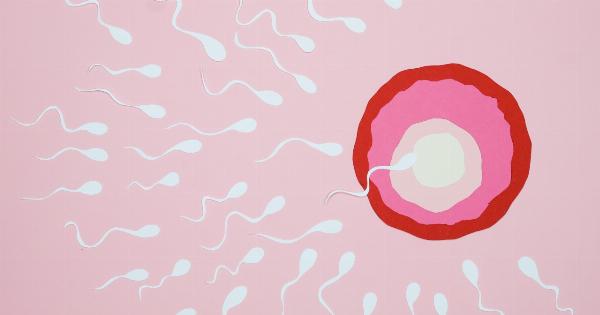IVF fertilization has been instrumental in helping thousands, if not millions, of couples around the world conceive and have children.
In-vitro fertilization (IVF) has been practiced since 1978 and is a highly successful process of fertilizing eggs with sperm outside of the body, in a lab. However, many couples who are planning on undergoing IVF often have numerous questions about the process.
In this article, we will provide a comprehensive overview of IVF fertilization, covering the techniques used, success rates, costs, and preparation required.
IVF Techniques
IVF fertilization techniques developed over time, and today there are numerous IVF procedures available for couples looking to conceive.
The technique used depends on the condition of the male and female partners and the couple’s unique medical needs. In general, there are five steps in the IVF procedure:.
- Follicle Stimulation: This involves using hormonal stimulation injections to cause the ovaries to produce several eggs for fertilization.
- Egg retrieval: Next, the mature eggs are retrieved by inserting a needle through the vaginal wall during a minor surgical procedure.
- Sperm collection: The sperm can be collected from a doctor or by the couple themselves, through masturbation, and then washed in the lab.
- Fertilization technique: This involves mixing the sperm and eggs in a Petri dish in the lab and observing them for successful fertilization.
- Embryo transfer: The fertilized eggs, or embryos, are transferred to the woman’s uterus to allow for implantation and growth.
IVF Success Rates
There is no guarantee that IVF will be successful, as it depends on many factors, including the age of the woman, the quality of the egg and the sperm, and the couple’s overall health.
However, the success rates of IVF have been steadily improving in recent years. The success rate varies depending on the age of the woman, with younger women having better success rates. For example, the success rate for women under 35 is approximately 50-55%, while the success rate for women over 40 may hover between 15-20%.
Several other factors also contribute to the success rate, including the method used, the number of embryos transferred, and the reasons for infertility.
IVF Costs
The costs of IVF can vary considerably, depending on the clinic, location, and method used. On average, the cost of the procedure can range anywhere from $10,000-$30,000 per cycle.
This cost includes the cost of medications, consultations, tests, and other medical expenses. Some clinics may offer a shared program in which couples share the cost of the cycle with another couple, potentially reducing the overall cost.
In general, IVF can be quite expensive, and many insurance providers do not cover the cost of the procedure, which can make it difficult for some couples to afford.
IVF Preparation
Before undergoing IVF, couples need to prepare themselves mentally and physically for the procedure. This includes adopting a healthy lifestyle, such as eating nutritious foods, getting regular exercise, and reducing stress levels.
Couples also need to undergo several medical tests to evaluate their overall health and the suitability of the procedure. These may include blood tests, STD tests, sperm tests, and ultrasound scans. It is essential to start the preparation process early, as it can take several months to get everything in order before starting the treatment.
Risks and Side Effects of IVF
While IVF is generally considered a safe procedure, there are several risks and side effects associated with it. These may include:.
- Bleeding and infection: There is a risk of bleeding or developing an infection during the egg retrieval process.
- Ovarian Hyperstimulation Syndrome (OHSS): Women who receive hormonal stimulation injections may develop OHSS, causing severe abdominal pain, vomiting, and shortness of breath.
- Miscarriage: There is a higher risk of miscarrying with IVF than natural conception.
- Birth defects: IVF may slightly increase the risk of birth defects in children born through the procedure.
- Emotional stress: IVF can be emotionally stressful for both partners, particularly when undergoing multiple cycles.
IVF Alternatives
While IVF is one of the most successful infertility treatments available, it is not the only option for couples struggling to conceive. Other alternative treatments include:.
- Intrauterine insemination: This procedure involves placing sperm directly into the uterus to fertilize an egg.
- Donor eggs or sperm: Couples who are unable to produce eggs or sperm may use donated eggs or sperm to conceive.
- Surrogacy: In some cases, couples may choose to use a surrogate mother to carry their child to term.
- Adoption: Couples who are unable to conceive naturally or through IVF may choose to adopt a child.
Conclusion
IVF is an increasingly popular infertility treatment that has helped thousands of couples conceive and have children. It is a safe and effective method for couples who are struggling to conceive naturally.
While it can be expensive and emotionally taxing, the rewards of having a child are immeasurable. By being familiar with the various techniques, success rates, and costs involved, couples can decide whether IVF is the right choice for them.





























